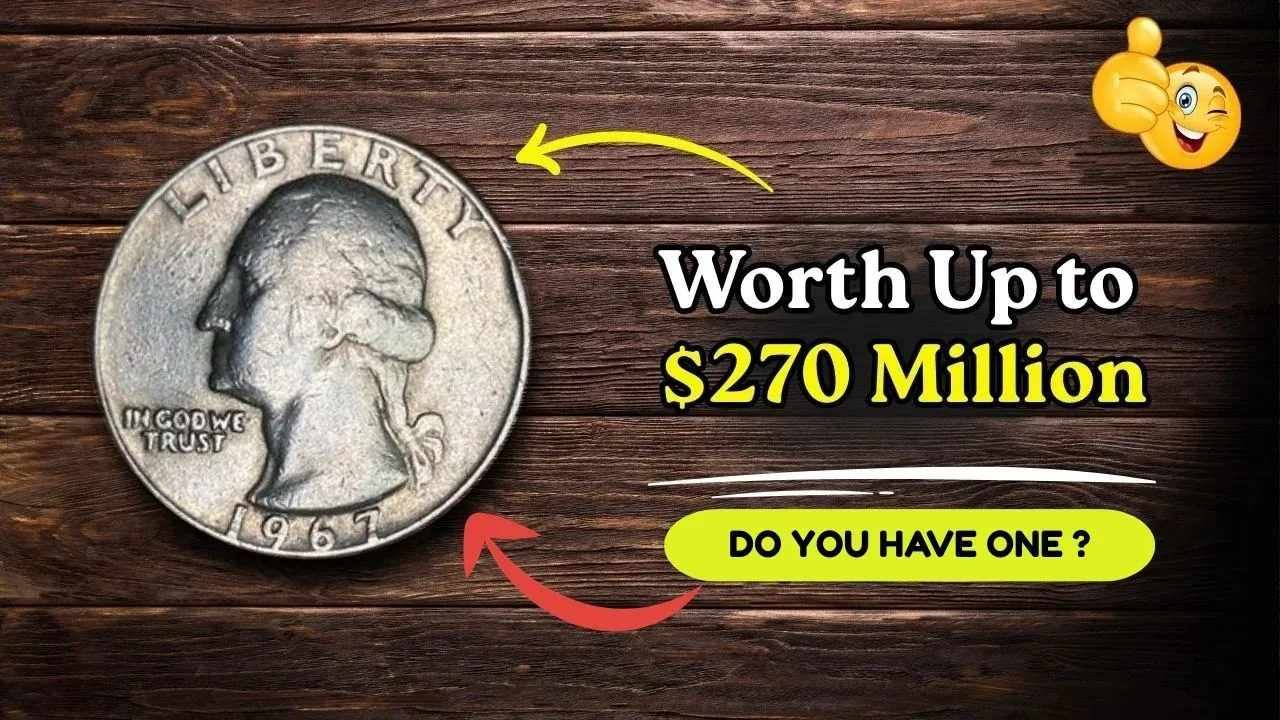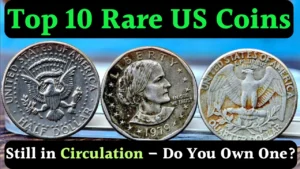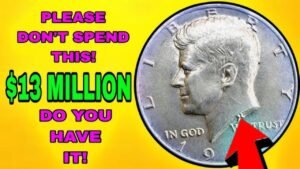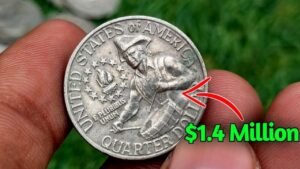Ever tossed a quarter into a vending machine without a second thought? Most of us do. But what if one of those coins could change your life forever? Rumors are swirling in the coin-collecting world about rare Bicentennial quarters from 1976, with some claiming they could be worth up to $270 million. Could you be holding a fortune in your pocket? Let’s break it down and see what makes these coins so special.
The Bicentennial Quarter: A Piece of American History
In 1975 and 1976, the U.S. Mint celebrated America’s 200th birthday with the Bicentennial quarter. Unlike regular quarters with an eagle on the back, these feature a colonial drummer boy, a torch, and 13 stars for the original colonies. The front still shows George Washington, but the date reads “1776–1976” to mark the milestone.
With over 1.6 billion of these quarters minted, they’re incredibly common. Most are worth just 25 cents. So why are collectors losing their minds over a few of them? It’s all about the rare ones that stand out.
Why Some Bicentennial Quarters Are Worth a Fortune
The real money lies in rare errors and special editions. A small number of Bicentennial quarters were struck on the wrong metal, like silver instead of the usual copper-nickel mix. These coins have a shiny, silver edge and weigh slightly more. Others have minting errors, like doubled letters or off-center designs, which make them collector’s gold.
Then there’s the San Francisco Mint’s special 40% silver quarters, marked with an “S.” These were sold in proof or uncirculated sets, and a perfect one once sold for over $19,000. The $270 million figure? It’s tied to rumors of an ultra-rare coin—maybe a prototype or a unique error. While details are scarce, the possibility has sparked a frenzy.
Key Features of a Valuable Bicentennial Quarter
Want to know if your quarter is a winner? Here’s what to check:
| Feature | What to Look For |
|---|---|
| Date | Must read “1776–1976” on the front. |
| Mint Mark | Look for an “S” (San Francisco), “D” (Denver), or no mark (Philadelphia) near Washington’s ponytail. “S” coins are often silver. |
| Edge | A copper stripe means copper-nickel; a solid silver edge could indicate a rare 40% silver coin. |
| Weight | Copper-nickel quarters weigh ~5.67 grams; silver ones are ~5.75 grams. Use a precise scale. |
| Errors | Check for doubled text, misaligned designs, or unusual surfaces. A magnifying glass helps. |
Important: Never clean a coin you think might be valuable. Cleaning can scratch it and tank its worth. Take it to a professional grading service like NGC or PCGS for an expert opinion.
Could a $270 Million Quarter Still Be Out There?
Here’s the thrilling part: one of these mega-valuable quarters could be hiding in plain sight. It might be in a coin roll from the bank, an old jar at a yard sale, or even your loose change. Since they look similar to regular quarters, many have likely been spent over and over, their true value unnoticed.
Social media is fueling the hype, with collectors on TikTok, YouTube, and X sharing stories of rare finds. As the U.S. nears its 250th anniversary in 2026, interest in Bicentennial coins is surging. People are digging through family collections and estate sales, hoping to strike it rich.
The Allure of Coin Collecting
Beyond the dollar signs, coin collecting is about connecting with history. The Bicentennial quarter captures a moment of national pride, with its drummer boy design symbolizing America’s fight for freedom. Each coin is a tiny time capsule, carrying stories from 1976 to today.
Collectors love the thrill of the hunt—finding a rare coin feels like uncovering buried treasure. Even if you don’t find a $270 million quarter, a well-preserved silver version could still fetch hundreds or thousands.
Final Thoughts: Take a Closer Look at Your Change
You might not stumble across a $270 million coin tomorrow, but the possibility is what makes checking your quarters so exciting. That drummer boy on the back could be more than just a cool design—it might be a ticket to a fortune.
Next time you get change or find an old coin stash, grab a magnifying glass and check for those key features. You might not become a millionaire, but you could discover a piece of American history worth far more than 25 cents.
FAQs About Bicentennial Quarters
Q: How much is a regular Bicentennial quarter worth?
A: Most are worth 25 cents. However, 40% silver versions or coins with errors can sell for $10–$19,000, depending on condition.
Q: What makes a Bicentennial quarter valuable?
A: Rare minting errors (like doubled text or off-center designs) or 40% silver composition from the San Francisco Mint drive up value.
Q: How can I spot a rare Bicentennial quarter?
A: Look for the “1776–1976” date, an “S” mint mark, a silver edge, or errors like doubled letters. Use a magnifying glass and a precise scale.
Q: Is the $270 million quarter real?
A: No confirmed sale exists, but rumors of a unique error or prototype coin fuel speculation about its massive value.
Q: Where can I find rare Bicentennial quarters?
A: Check coin rolls from banks, estate sales, flea markets, or old family collections. Always have potential finds graded by professionals like NGC or PCGS.




